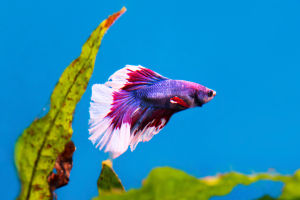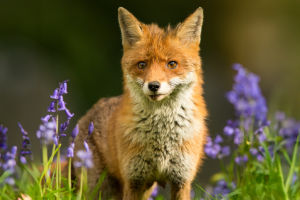Have you ever looked up at the sky, saw a pigeon darting across, and wondered what makes these birds so special? Today, we’re going to dive deep into the fascinating world of pigeons.
Get ready, because their secrets might just surprise us all!
What Exactly Are Pigeons?
Pigeons belong to the Columbidae family, which falls under the bird group called Columbiformes. In 2014, after a full genome study, scientists confirmed that pigeons and doves share the same family. There are about 47 genera and around 320 species worldwide. The common pigeon we often see, the one we think of when we say "dove," is called the Rock Pigeon (Columba livia).
Their Unique Features
Pigeons have a bottle-shaped body, a short neck, and a slim, straight beak. When they drink water, instead of tilting their head back like many birds, they simply dip their beak into the water and sip it up. It's a neat little trick!
Interestingly, it’s hard to tell male and female pigeons apart just by looking. Males are usually a bit stronger and more active, especially during courtship. Pigeons' muscles are built for flight, with a strong breastbone that shields their heart and lungs, and hollow bones that make their bodies lighter. Their feather count is amazing too — around 10,000 feathers per bird!
When it comes to speed, pigeons are no joke. They can fly at speeds up to 100 kilometers (about 62 miles) per hour! As for food, they love seeds like corn, rice, peanuts, and beans, but they aren’t picky eaters and can thrive on regular bird feed too.
How They Live and Nest
Pigeons are skilled architects when it comes to building nests. They prefer small twigs to build a simple but sturdy home. Every time they breed, they usually lay two eggs, and both parents take turns keeping them warm. Isn't that teamwork adorable?
Where Can We Find Them?
We can spot pigeons almost everywhere, but they are especially active in areas like Australasia and Southeast Asia. One of their most famous extinct relatives is the dodo bird, which once lived on islands in the Indian Ocean.
- Here’s a fun fact: pigeons have a magnetic sensor in the upper part of their beak. This natural GPS helps them detect magnetic fields, which is why they are excellent navigators, even over long distances!
Names: Dove or Pigeon?
Ever wondered why sometimes people say "dove" and other times "pigeon"? In English, there’s no strict rule. Generally, "dove" refers to smaller species and "pigeon" to larger ones. But don’t stress — either word works when talking about these incredible birds!
Physical Looks and Flying Power
Pigeons have small beaks, strong legs, and compact heads. One quirky behavior we might have noticed is their head-bobbing while walking. Scientists found out that pigeons bob their heads to stabilize their vision — it’s like their way of keeping a steady view of the world!
They have wide wings and super strong muscles, making them some of the best flyers among all birds. In fact, about 31% to 44% of their body weight is just muscle, mainly for flying.
Who’s the Biggest and Who’s the Smallest?
Among today’s pigeons, the biggest ones are the crowned pigeons of New Guinea (Goura species). These birds can weigh between 2 to 4 kilograms (about 4.4 to 8.8 pounds) and are almost as big as a turkey! On the flip side, the smallest pigeon is the Common Ground Dove (Columbina passerina) from South America, which weighs only about 22 grams — roughly like a handful of paper clips.
If we’re talking about the longest pigeon, that title goes to the Marquesan Imperial Pigeon (Ducula galeata), stretching up to 50 centimeters (about 20 inches). Meanwhile, the tiniest by length is the Dwarf Fruit Dove (Ptilinopus nainus), which is just around 13 centimeters (about 5 inches) long.
Pigeons Are True Sky Explorers!
After learning all this, it’s clear that pigeons are way more than just birds we see hanging around parks. They’re speedy, smart, and surprisingly strong. Next time we spot a pigeon, let’s take a moment to appreciate the amazing little adventurer it is.
Lykkers, have you ever had a memorable encounter with a pigeon? Maybe one that made you smile or even amazed you? Share your stories with us — we’d love to hear all about them!
Exploring Columbidae: Pigeons and Doves
Video by Bhaggi


